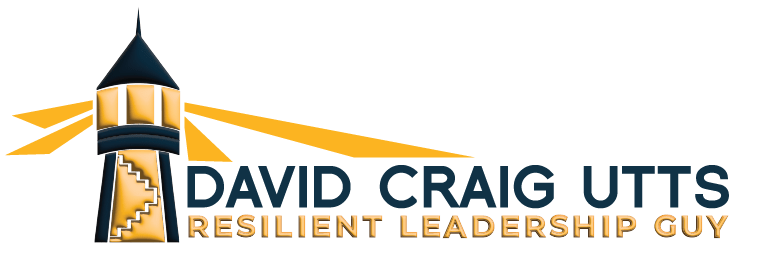The Resilient Edge: Why Today’s Business Executives Must Embrace Self-Awareness, Self-Regulation, and Self-Leadership

Introduction:
In today’s rapidly changing and unpredictable business landscape, resilience has emerged as the ultimate game-changer for successful leadership. Gone are the days when traditional leadership competencies alone could guarantee success. The post-covid business executive must be able to navigate through uncertainties, setbacks, and constant disruptions that only promise to intensify. This is where resilient leadership comes into play. Resilience is not just about bouncing back; it is about embracing challenges, learning from failures, and continuously evolving to stay ahead. In this post, we will explore why resilience is the most critical leadership competency and how self-awareness, self-regulation, and self-leadership form the foundation of this essential leadership competency.
The Case for Resilient Leadership:
- Leaders must learn to embrace uncertainty: The business landscape is no longer linear but rather increasingly complex and volatile. Leaders who can maintain their composure and adapt to change will have the edge in such an environment. Resilient executives understand that uncertainty is not a hindrance but an opportunity to innovate and explore new possibilities.
- Leaders must become adept at learning from their failures: Every business executive faces failures and setbacks throughout their career. The ability to learn from these experiences, rather than being discouraged by them, is what sets resilient leaders apart. These leaders see failure as a stepping stone to growth and boldly take calculated risks to pursue success.
- Leaders must nurture resilience in the talent around them: Resilient leaders understand that their team’s well-being is essential for overall success. By fostering a culture of resilience within the organization, they encourage employees to embrace challenges, take ownership of their tasks, and support each other during tough times.
- Leaders must focus on sustaining high performance: The modern business world demands consistency in performance, even amidst adversity. Resilient executives can maintain focus and drive despite external pressures, ensuring their organizations stay on track to achieve long-term goals.
The Three Pillars of Resilient Leadership:
- Self-awareness – The foundation resilience
Resilient leadership starts with self-awareness. The greatest value for executives in deepening their self-awareness comes with an enhanced ability to control their attention and focus. Additionally, the expansion of self-awareness supports the executive to deepen their understanding of their strengths, weaknesses, values, and emotions and how these elements influence their decision-making. By being self-aware, executives can identify potential blind spots and actively seek feedback from their team members, peers, and mentors.
Self-aware leaders sustain focus moment-to-moment and are attuned to their emotions, allowing them to handle stressful situations gracefully and empathetically. These outcomes also foster better relationships with their team and stakeholders.
- Self-regulation – An executive’s essential day-to-day skill:
After recognizing their emotions, resilient leaders must effectively manage anœœd channel them. Self-regulation is about staying composed under pressure, controlling impulses, and adapting to changing circumstances. This skill is crucial in conflict resolution, allowing executives to engage in constructive dialogue rather than escalating tense situations.
Additionally, self-regulation ensures leaders maintain a long-term perspective, preventing knee-jerk reactions that might compromise the organization’s vision or values. By cultivating self-regulation, executives can create a stable and secure environment for their team to flourish.
- Self-leadership – The core of effectively leading others:
Self-leadership is the art of taking ownership and initiative in one’s professional development. Resilient leaders continuously seek opportunities to enhance their skills, knowledge, and leadership abilities. They lead by example, setting high standards for themselves, and inspiring their teams to grow alongside them.
Innovative thinking and adaptive behavior are natural outcomes of self-leadership. When executives demonstrate their commitment to continuous improvement, they create a culture that encourages learning and fosters innovation at all levels of the organization.
Conclusion:
In today’s fast-paced and ever-changing business landscape, resilient leadership is the key to thriving as a leader. Embracing challenges, learning from failures, and leading with self-awareness, self-regulation, and self-leadership is essential for driving success.
By developing these critical components, business executives can create resilient organizations that withstand challenges and grow stronger through them. As we move into an era of unprecedented uncertainty, the resilient leader will undoubtedly emerge as the linchpin of success in the corporate world.
About the Author David Craig Utts
Related Posts
Part II: Preserving the Essence of High-Performing Teams Amid a Disruptive, Complex World
Conscious Leaders Continuously Expand Their Presence.
Visionaries Thrive in Creative Tension
Visionaries Break Free From AI
The Rise of the Conscious Visionary
Visionaries Unite!
To Lead You Must Claim It!
Transforming Leadership Development
